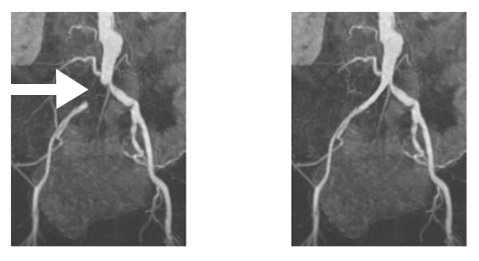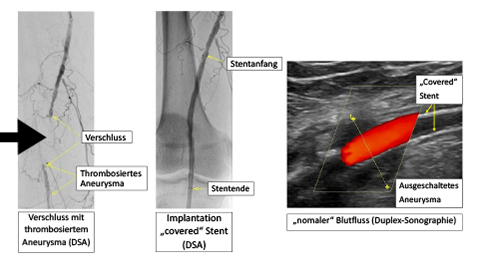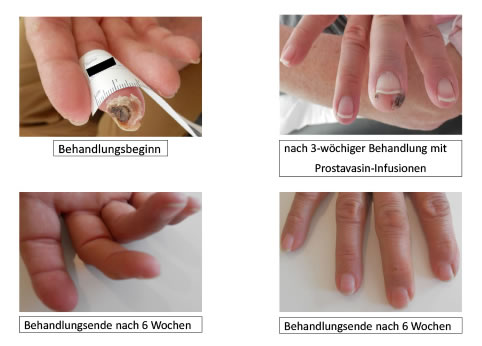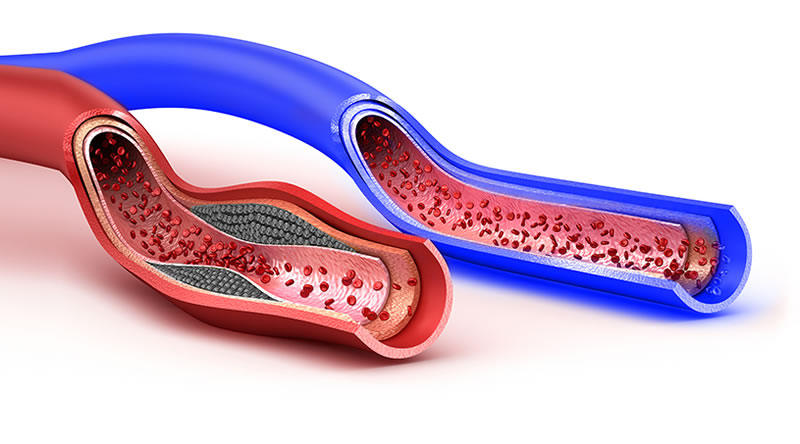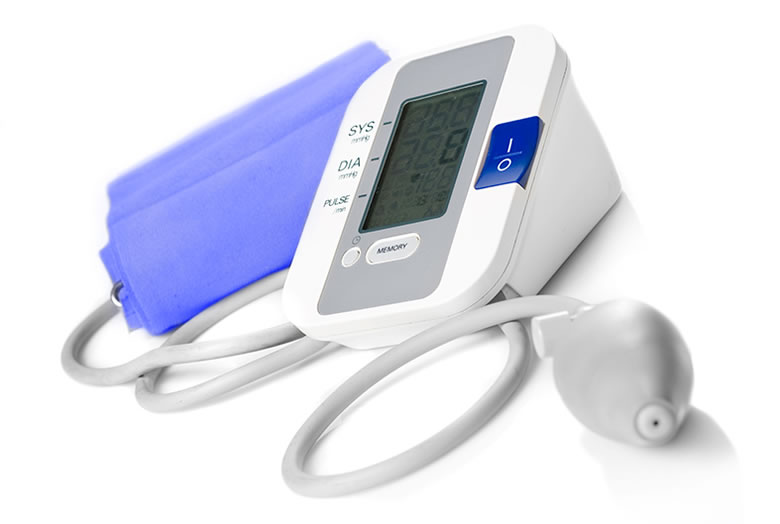International guidelines consider the catheter treatment of saphenous varicosis as the the number 1 treatment, in comparison to the earlier stripping method.
For the catheter treatment the saphenous vein is punctured on the lower leg and then, under ultrasonic supervision, the catheter is painlessly pushed into the vein as far as the groin. All under local anesthesia, with the heating element at the end of the catheter the vein is closed from the inside, during its extraction it’s slowly removed, sealing the vein from top to bottom. Thanks to this minimal invasive procedure, it’s possible for the patient to leave immediately after the treatment. For the following three weeks compression stockings have to worn.


